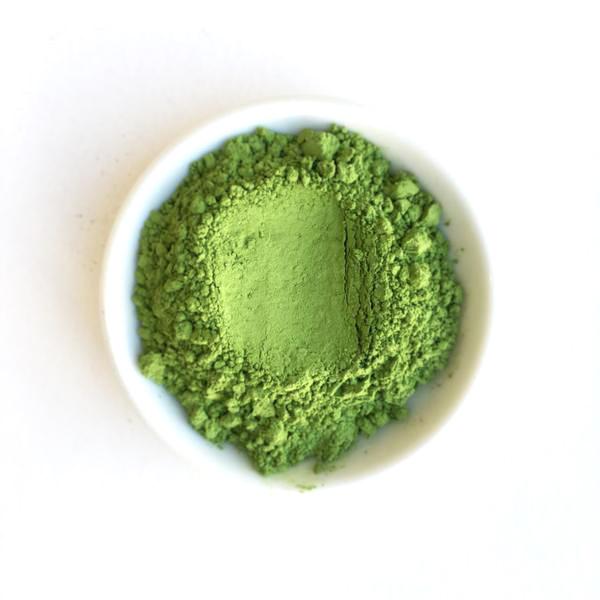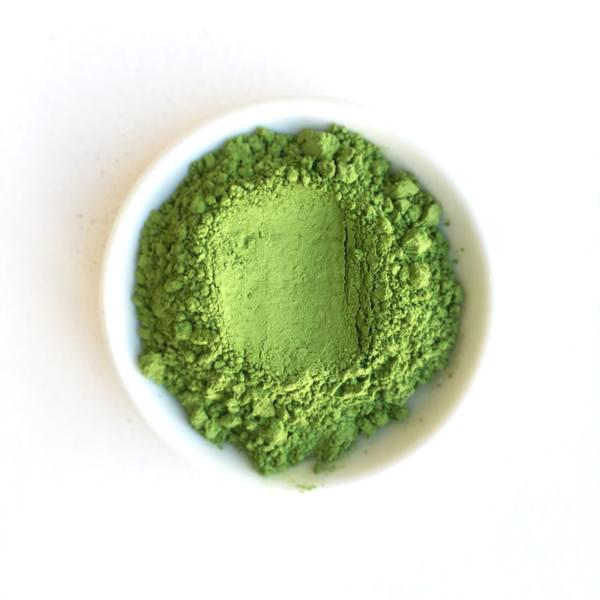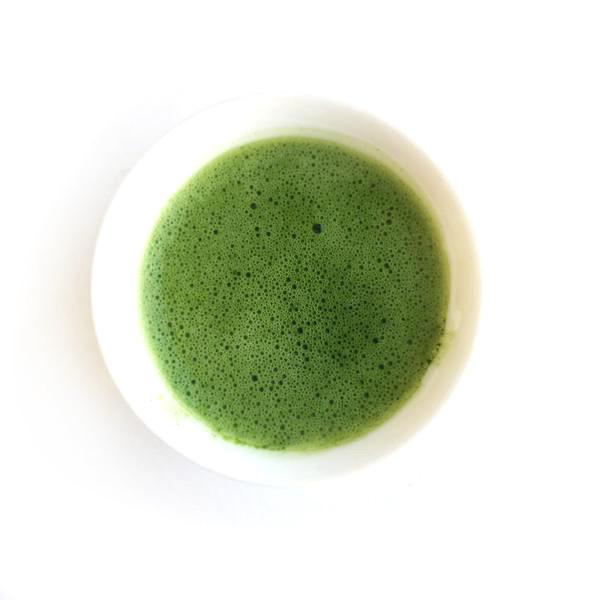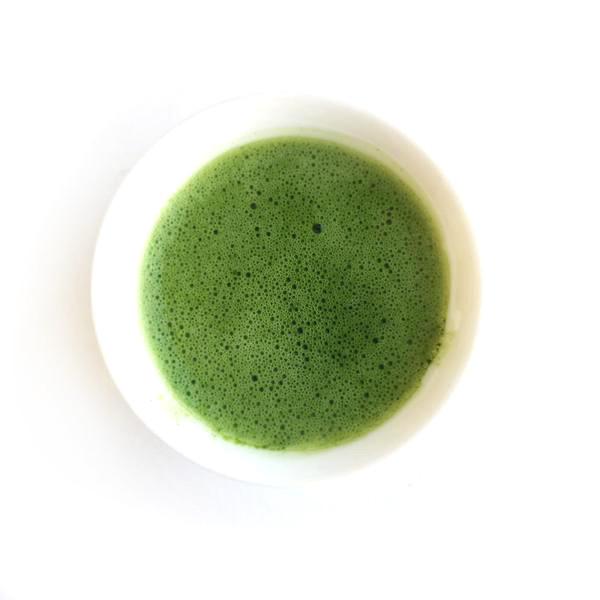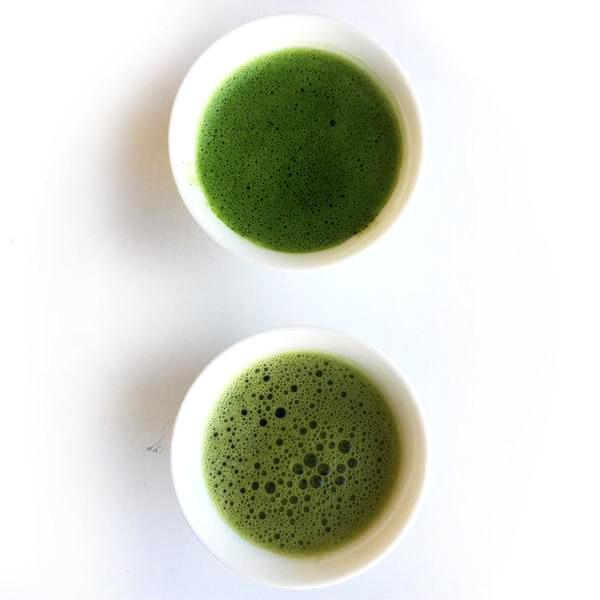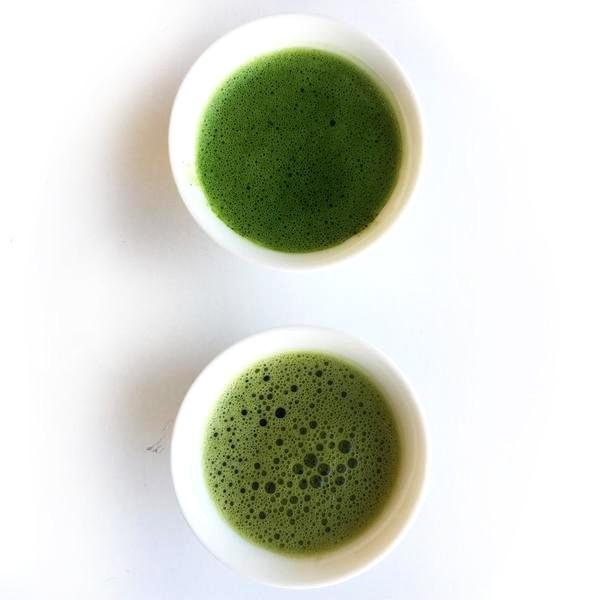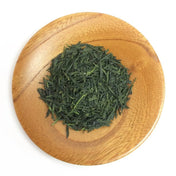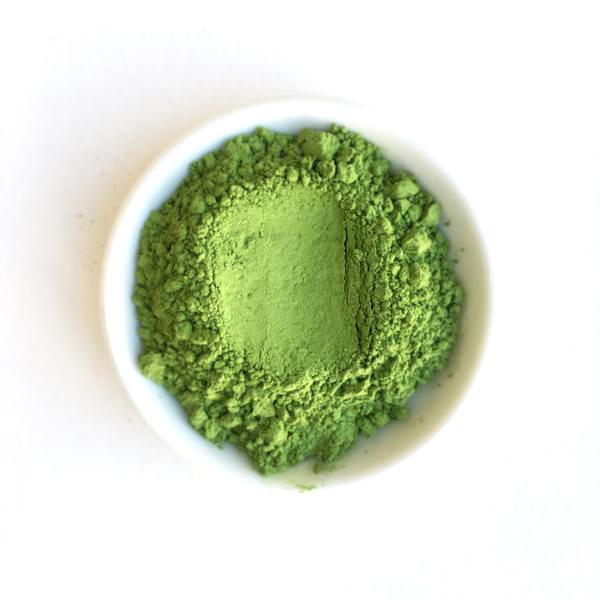Yunomi Matcha: Uji no Aji - Kibune, Imperial Ceremonial Grade
Yunomi Matcha: Uji no Aji - Kibune, Imperial Ceremonial Grade - 30g / 1 oz (Yunomi Bag) / Harvest: Spring is currently unavailable and will ship as soon as it is back in stock. Repacking smaller sizes / ordering new stock generally takes 1-2 weeks.
Couldn't load pickup availability
Delivery and Shipping
Delivery and Shipping
Shipping fees vary by country, courier, and method. Place items into your inventory and go to the CART page to see the shipping estimate calculator. For some countries, we may need to manually calculate fees after purchase.
YUNOMI.LIFE'S DELIVERY GUARANTEE: We guarantee delivery for all orders shipped by airmail with a tracking number. (Conditions apply. Exceptions when notified.) Occasionally, orders may require additional customs processing for import. We will aid you to the fullest extent of our ability. If your order does not arrive within ONE month from shipment due to no fault of your own, we will replace or refund your order at no extra cost. We reserve the right to refuse shipment if we think delivery to your address may be difficult. This guarantee does not apply if recipient neglects or refuses to pay customs fees & import taxes, neglects to retrieve an order held at a post office or distribution center, or if the order is not deliverable due to a wrong address. Yunomi.life's Delivery Guarantee does not apply to wholesale purchases.
An intensely rich level of umami, with creamy texture, and very little astringency, this wonderful matcha from Uji, Kyoto.
- Yunomi Matcha: Uji no Aji - Kiyomizu, Standard Ceremonial Grade
- Yunomi Matcha: Uji no Aji - Yasaka, Premium Ceremonial Grade
- Yunomi Matcha: Uji no Aji - Kibune, Imperial Ceremonial Grade | 10% OFF 3-bag bundle
Yunomi Tea Merchant Ian: I named this matcha after the Kibune Village area, north of Kyoto City, that hosts the Kifune Shrine dedicated to the god of rain and water, and protector of those at sea. I have fond memories of the area, both during my time as a student of literature in Kyoto as well as subsequent trips to the city. The walk up to Kifune shrine has gotten more touristy over the years, but remains a very peaceful day trip compared to the main areas of Kyoto like Gion. One of the highlights of the area are the restaurants with terraces positioned above the cool mountain stream—perfect for a matcha parfait in the hot summer months.
Yunomi Evaluation - 87/100
Based on our own tasting, this product has the following profile. However, tastings are not conducted side by side, and different water, ambient temperature, etc. may affect the outcome. Please use this profile as a simple guide.
- Umami: 18/20 (20 being the richest umami)
- Creaminess: 18/20 (20 being the creamiest)
- Lack of Astringency: 17/20 (20 being least astringent)
- Lack of Bitterness: 17/20 (20 being least bitter)
- Texture: 8/10 (10 being the smoothest grinding)
- Color: 9/10 (10 having the greenest, most vibrant color)
Product Details
- Ingredients: Green tea.
- Harvest: Spring (In order to create this specific flavor profile at this price, leaves from current and past year may be blended). Importance is placed on final matcha flavor in blending.
- Packaging: Silver plastic bag inside resealable outer bag.
- Region: Cultivated and ground in Kyoto, Japan.
- Storage: We recommend storing one 30-gram bag at room temperature for daily use in the screw top can or resealable bag, and the remaining in your freezer for long-term storage if you buy more than one at once. NOTE: For freezer storage, double-seal in a plastic ziplock bag and tupperware container for maximum freshness and to avoid other food smells from affecting the matcha. Always allow the bag to sit for 24-hours before unsealing to acclimate to room temperature. This avoids condensation from damaging the matcha powder.
How much does 30 grams of matcha make?
It depends on how thick you make your matcha and how much you make, but if you use 1 gram (about 1/3 teaspoon) to make a 100 ml cup, that's 30 cups of matcha!
Did you know matcha is best when it's freshly ground?
How good your matcha is depends of course on the quality of the underlying leaf. However, producers buy many different production lots from many different farmers. Their skill, the reason why we call them master blenders, is in blending the leaves prior to grinding to create a specific profile in terms of powder color, powder aroma, grain size, matcha color, and most importantly the flavor of the matcha.
While the harvest season can make a big difference in quality since larger autumn leaves will be more bitter and more difficult to grind into fine powder, the harvest year is not necessarily important particularly right after the spring harvest (May - August). At this time, leaves may actually be too fresh to make good matcha--their flavor may create matcha that is very strong in umami but also too bitter. Meanwhile, leaves that have aged over the past year will be more mellow and perfect for balancing the fresh leaf.
Matcha however does get old quickly after grinding. In 6 months after grinding the color will fade, and the aroma will disappear. After 9 months, the strength of the flavor will also fade. As a result, higher grade matcha tends to have a best by date of 3-6 months, while lower grade matcha has a best by date of 12 months in Japan. Western brands often have a 18-24 month shelf life though.
As a rule, we do our best to ensure that the Yunomi branded matcha is never older the 6 months from grinding, and that matcha other brands are never older than 6 months from procurement. Most items though are procured every 2-3 months—high turnover means fresh matcha!
Payment & Security
Payment methods
Your payment information is processed securely. We do not store credit card details nor have access to your credit card information.

